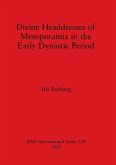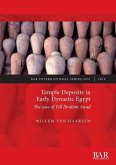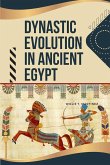This study adopts a transregional approach that focuses on connectivity dynamics in order to present a wider picture of artistic, cultural and political phenomena in the Mediterranean. It examines dynastic funerary art at the end of the fifth century and in the fourth century BC by focusing - through a wide range of evidence - on what funerary images can reveal about the societies that produced them. It analyses renowned dynastic tombs from south-western Anatolia (present-day Turkey) such as the Mausoleum of Halicarnassus and the Nereid Monument of Xanthos, but also from Phoenicia (present-day Lebanon). A common element among the similarities displayed by these tombs is the nearly constant presence of the multiple-quarry hunt iconography, which consists of prey from different species depicted in one figurative programme. The Eastern Mediterranean under Persian Achaemenid rule is portrayed as an interconnected cultural and political area with specific features instead of merely being an area between the Greek and Persian worlds.







